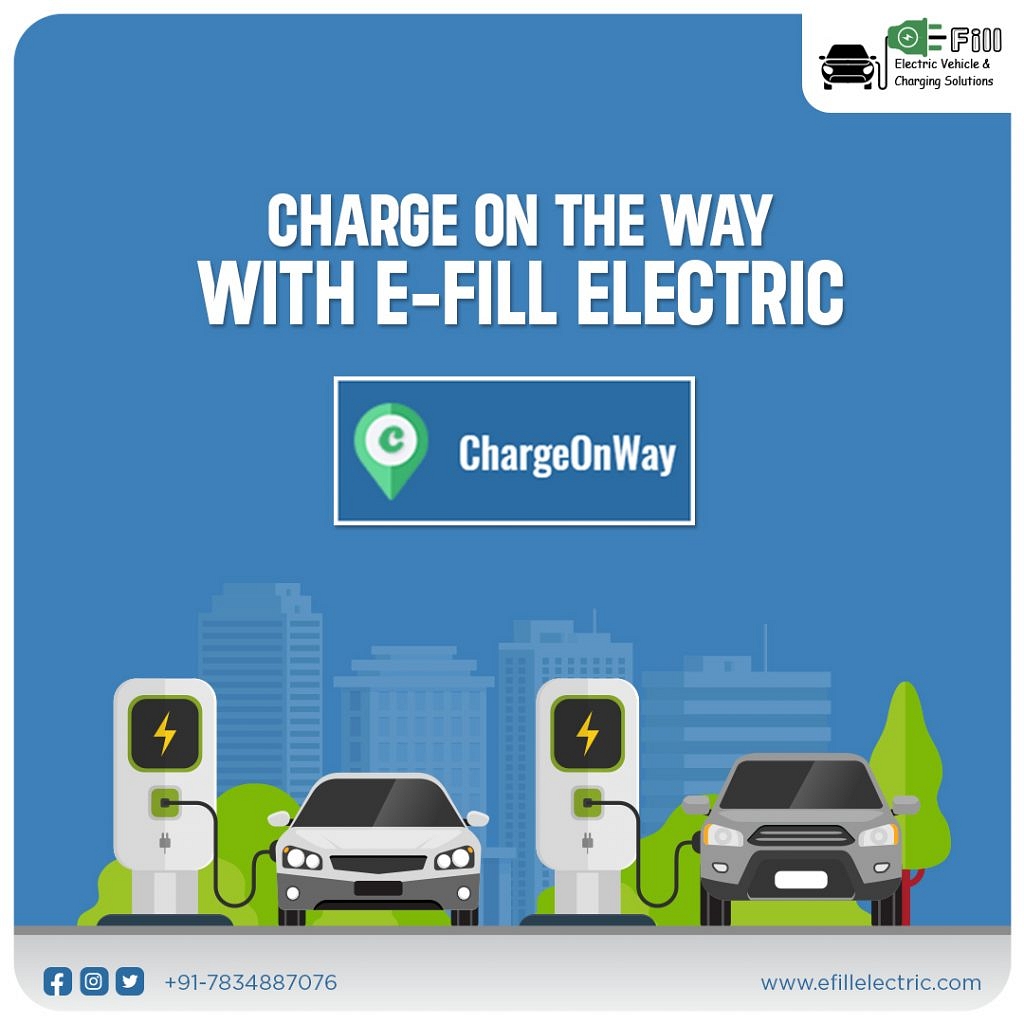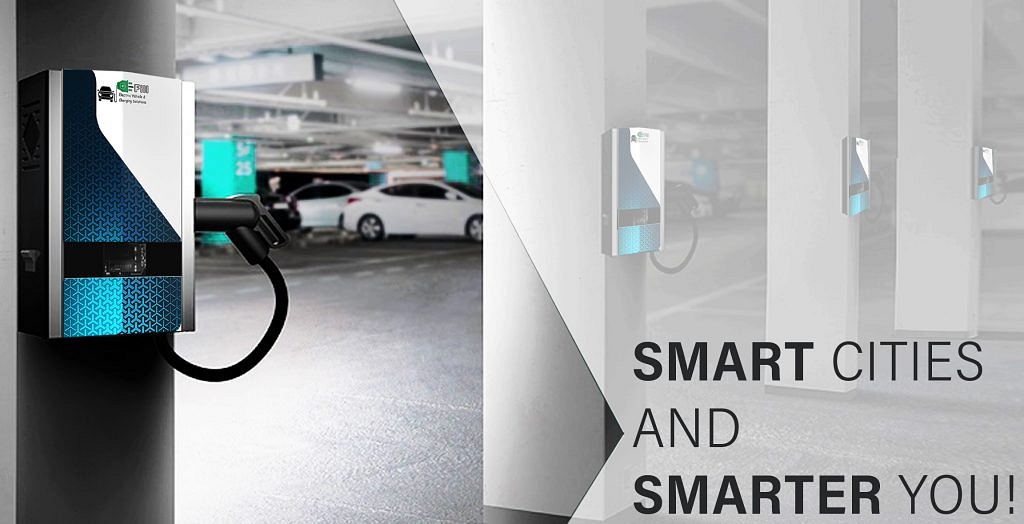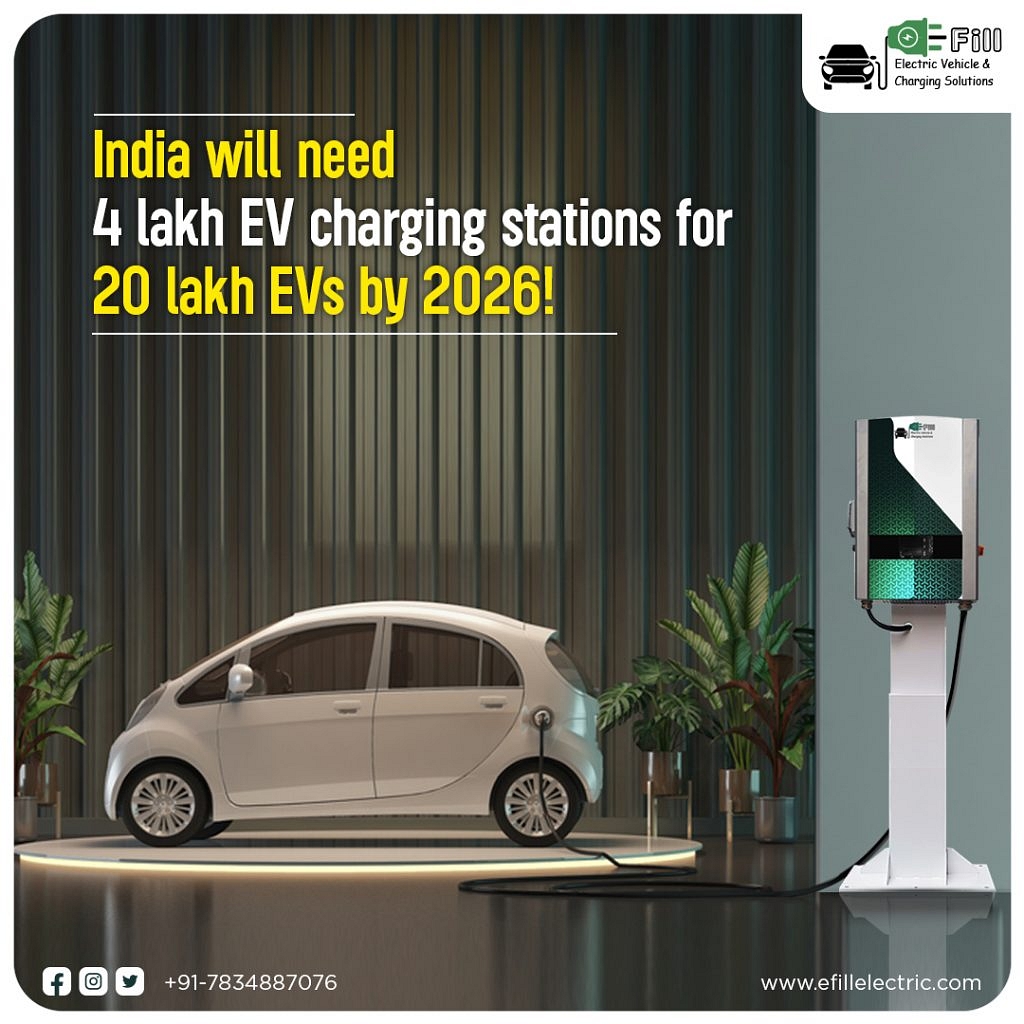Owning a vehicle was once considered a luxury in India. However, with the changes in fast-paced world and technological advancements, owning a vehicle has now become a necessity. Vehicle ownership increased from a meagre 2 vehicles per 1000 people in 1965 to a staggering 140 vehicles per 1000 people in 2015. At this rate, there will be one vehicle for every four members in no time. Now that it is evident that Indians will purchase an increasing number of vehicles in the coming years. The next big question that comes to mind for them is, “Which vehicle should I buy?” Should I buy a conventional vehicle or try an electric vehicle?
We consider a variety of factors before making a purchase, but cost and return on investment have always been the most important in helping us in making a purchase decision.
Let’s take a deep dive into few important factors to learn the facts and debunk myths that will help us in making a purchase decision.

INITIAL INVESTMENT:
We are all aware that the average cost of an electric vehicle is significantly higher than that of a conventional vehicle. However, most of us are likely unaware of the government’s incentives and subsidies for the purchase of EVs. Many state governments are eager to increase the number of EVs on the road and are offering numerous incentives to do so. On an average Each state government is providing a maximum subsidy of around 20,000 RS for 2W’s and 1,50,000 RS for 4W’s. The majority of state governments also offer a complete exemption from the Road Tax. All of these incentives are lowering the overall cost of EVs and making now an excellent time to buy one.
OPERATING COST:
One of the most significant advantages of EV is its low operating costs. An EV’s operating costs is typically 8-10 times lower than that of a conventional vehicle. The rise in fuel prices has been a major concern for all vehicle owners. The price of petrol and diesel has never stopped rising and will continue to rise in the future, making electric vehicles the best option to purchase. The operational costs of EVs will not rise significantly in the future, making now an excellent time to purchase an EV.
For a long time, traditional ICE vehicles were thought to be the only viable option. People are now looking for alternative options with changing circumstances. The rising cost of fuel has been a major source of concern for all ice vehicle owners. The increasing cost of fuel increased the vehicle’s overall operating costs. This is one of the main reasons why people are looking for other options.

Many people still regard EVs as an expensive investment and do not see it as a cost-effective option, even in the long run. But is this true? Which is more cost-effective in the long run, an EV or an ICE vehicle?
Let’s debunk a few myths and see which one is more cost-effective in the long run. We compare the Tata Nexon EV and the Tata Nexon ICE to see which one is more cost effective and how much money can be saved by driving an EV.

The ICE model is approximately 4,92,003 less expensive than the EV model. Different state governments are providing subsidies ranging from 1,50,000 to 2,50,000 on EV’s. This will reduce the difference of 4,90,000 to 2,40,000-3,40,000.
After the initial investments, the operational costs add up as the next significant cost to the total costs. Let’s look at the operational costs of both models.

The annual operating cost of the EV model is approximately 90,000 less than that of the ICE model for 12000 kms distance travelled per year. The difference will grow larger as the distance travelled increases.
The difference in initial investment will be covered within the first four years, and with the same amount of savings each year, you will save approximately 540,000 over a ten-year period. This figure will only keep rising as fuel prices rise and consumption rises.

CHARGING INFRASTRUCTURE:
The availability of charging services has been one of the most major factor preventing many people from purchasing an Electric Vehicle over the years. In such a fast-paced world, customers expect services to be available at all times and without any waiting time. This long-standing concern is no longer an issue; India now has approximately 2000 public charging stations, with approximately 60% located in major cities. This figure has increased 2.5 times in the last 4-6 months. With new ev charging station manufacturers coming up in the market everyday, charging station setup is no longer an issue. With rising demand, the government of India and all EV charging infrastructure providers are working hard to increase the number of charging stations. According to some reports, by 2030, many of the world’s leading automobile manufacturers will only produce EVs. EV charging stations are now available in every public place, on highways, and on public roads within short distances.
The number will only rise in the future, making now an excellent time to purchase an Electric Vehicle.
With EVs checking all the boxes – Affordability, Charging-service availability, High reliability, and Low operating costs – there is no reason not to buy one.
